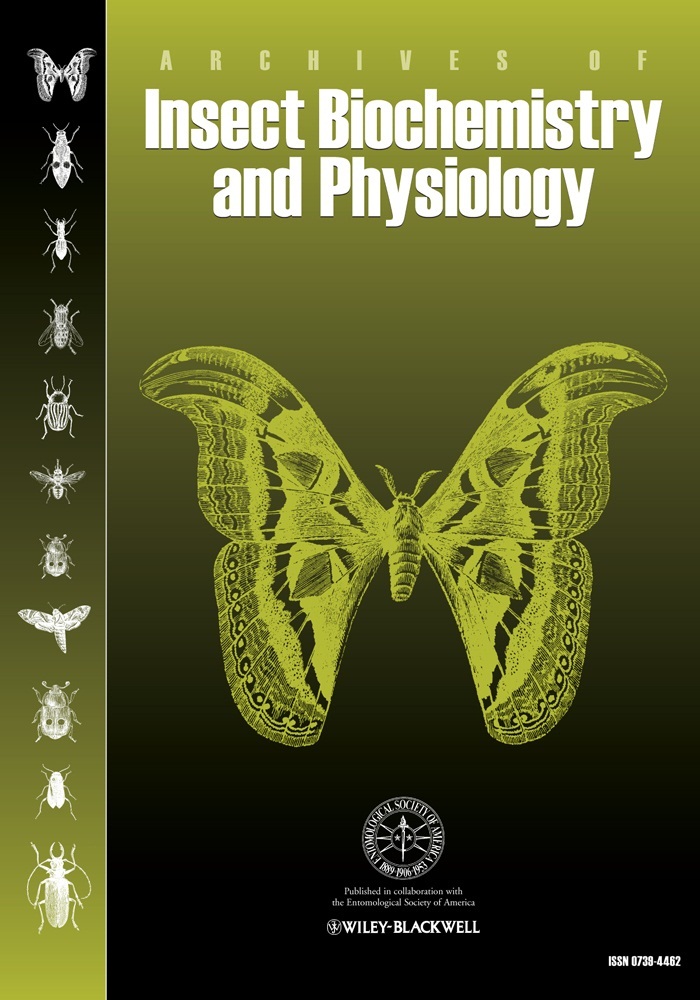DISTINCTIVE LOCALIZATION OF GROUP 3 LATE EMBRYOGENESIS ABUNDANT SYNTHESIZING CELLS DURING BRINE SHRIMP DEVELOPMENT
Grant sponsor: Korea Medical Institute Foundation (KMI).
Grant sponsor: Korea University.
Abstract
Despite numerous studies on late embryogenesis abundant (LEA) proteins, their functions, roles, and localizations during developmental stages in arthropods remain unknown. LEA proteins protect crucial proteins against osmotic stress during the development and growth of various organisms. Thus, in this study, fluorescence in situ hybridization was used to determine the crucial regions protected against osmotic stress as well as the distinctive localization of group 3 (G3) LEA+ cells during brine shrimp development. Several cell types were found to synthesize G3 LEA RNA, including neurons, muscular cells, APH-1+ cells, and renal cells. The G3 LEA+ neuronal cell bodies outside of the mushroom body projected their axonal bundles to the central body, but those inside the mushroom body projected their axonal bundles toward the deutocerebrum without innervating the central body. The cell bodies inside the mushroom body received axons of the G3 LEA+ sensory cells at the medial ventral cup of the nauplius eye. Several glands were found to synthesize G3 LEA RNA during the nauplius stages of brine shrimp, including the sinus, antennal I and II, salt, and three ectodermal glands. This study provides the first demonstration of the formation of G3 LEA+ sinus glands at the emergence stages of brine shrimp. These results suggest that G3 LEA protein is synthesized in several cell types. In particular, specific glands play crucial roles during the emergence and nauplius stages of brine shrimp.




